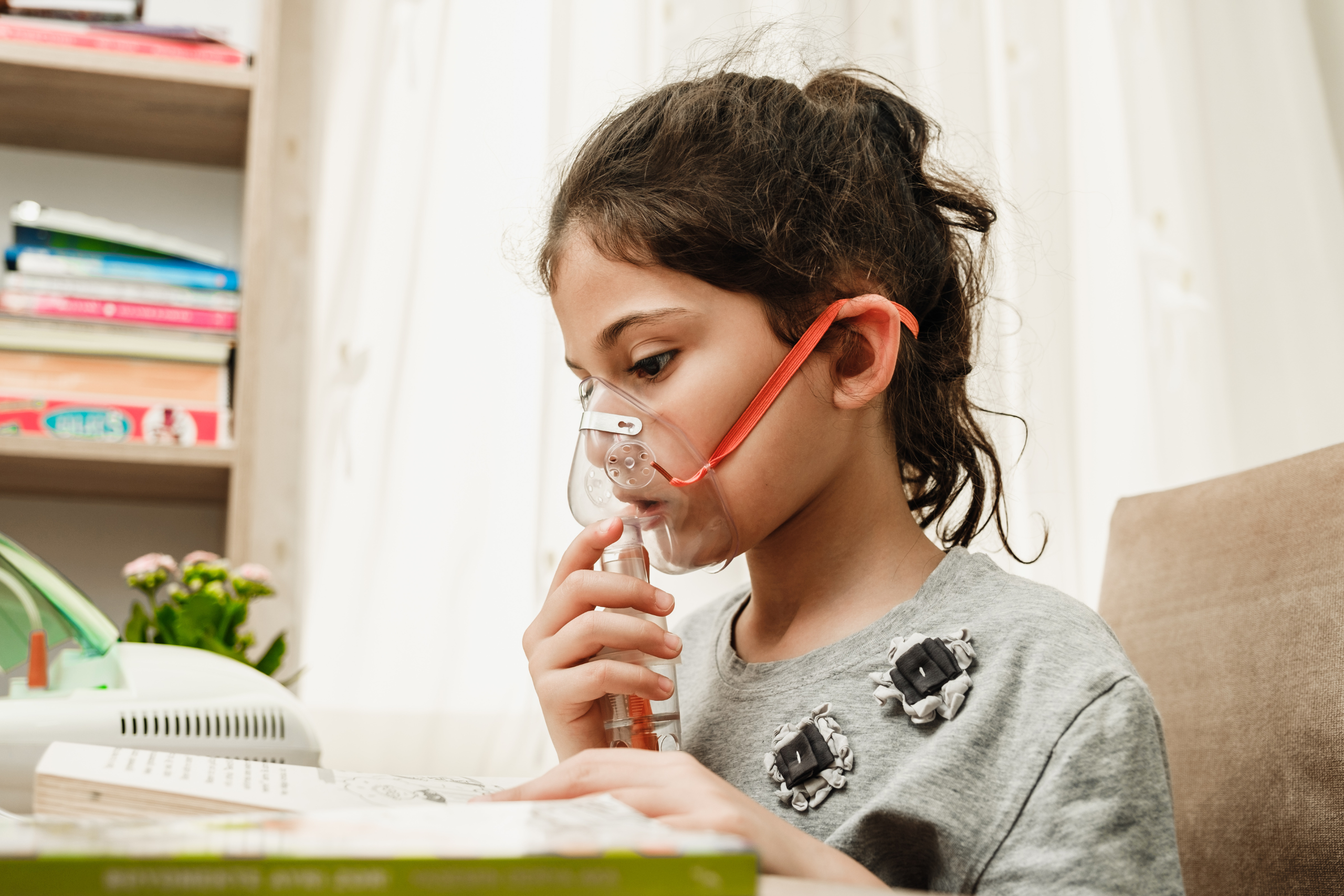Do you have your child’s back to school list? Are they prepared with notebooks, folders, pencils, and more? What about their nebulizer? As your child heads back to school, their asthma, allergies, and other respiratory issues will go with them to recess, gym class, and more.
Asthma is pretty common, affecting about 1 in 10 children. This along with other breathing disorders is one of the leading reasons why kids miss school, accounting for about 14 million absences per year.
But this doesn’t mean your child has to miss out or have their learning disrupted. Check out how to safely send them to school with their nebulizer machine.
The Back To School With Nebulizer Check List
See The Doctor
As summer break comes to an end be sure to schedule an appointment with your child’s doctor for a quick check-up. This will provide access to updated asthma medicine or breathing treatments.
You can also discuss an asthma action plan and when your child should stay home due to severe symptoms such as:
- If they have a fever of 100 or 100F.
- If asthma caused them to have a sleepless night.
- If they have symptoms of a respiratory infection including a sore throat, productive cough, or swollen, painful neck glands.
- If they have trouble breathing with hard or fast breaths, or can’t complete a full sentence.
- If they’re wheezing, coughing, or have chest pain that doesn’t improve with nebulizer medicine or improves but worsens again.
- If their peak flow score is under 80% of their personal best even after a breathing treatment.
- If they seem too weak or tired to perform their normal activities.
Visit With The School
Go to your child’s school to discuss their medical needs with teachers, school nurses, coaches, and bus drivers, so they can assist your child if needed. Share your treatment plan and easy steps to prevent an asthma attack. This way your child will have a team of people to assist them with their asthma symptoms and breathing treatments and can fully participate at school. For example, if they need a breathing treatment before exercising, they can easily take their medicine and join the rest of the class during games and activities.
List Their Symptoms
Make sure your child and their teachers know what symptoms to look for in order to prevent and control breathing emergencies. Common symptoms of asthma attacks include:
- Frequent coughing that worsens with exercise or cold air.
- Whistling or wheezing while exhaling.
- Shortness of breath.
- Chest congestion or tightness.
- Fatigue.
- Trouble sleeping due to shortness of breath, coughing, or wheezing.
You and your child’s teachers should explain to your child that it’s perfectly fine to ask for help. In fact, encourage them. Let them know that they shouldn’t feel shy or will get in trouble when they need to visit the nurse in the event of an emergency.
Avoid Known Triggers
Explain to your child and their teachers what triggers need to be avoided such as:
- Chalkdust
- Other dusty areas
- Pollen
- Class pets
- Cold air
- Perfumes and other fragrances
- Mold
- Smoke
Make Sure Your Child Has Their Nebulizer
This may vary by state, but some schools are prepared to respond to life-threatening asthma emergencies, so when a breathing emergency occurs they can provide nebulized albuterol and call 911. However, the school nurse may have a designated nebulizer for your child to regularly use. Check with your school to learn about your polices.
With asthma or reactive airway diseases with medicine that should be used as needed, your child should have their own medical equipment and prescribed medicine during their normal routine.
While there are portable nebulizer models that fit in backpacks you can ask your provider to prescribe two nebulizer machines. One for home and one to leave at school. This way they will be prepared for breathing treatments before recess, lunch, or whenever they’re needed.
Plus, you may qualify for a nebulizer through insurance.
Why Use a Nebulizer Instead of an Inhaler?
 While many children are able to use a quick-relief inhaler to ease asthma symptoms, sometimes nebulizers are easy to use. Children can be afraid to use inhalers or medicine can be hard to aim with them. Make sure your child is able to use an inhaler correctly by sending medicine directly to their lungs before they stop using their nebulizer.
While many children are able to use a quick-relief inhaler to ease asthma symptoms, sometimes nebulizers are easy to use. Children can be afraid to use inhalers or medicine can be hard to aim with them. Make sure your child is able to use an inhaler correctly by sending medicine directly to their lungs before they stop using their nebulizer.
Nebulizers are essentially air compressors that turn medicine into an inhalable mist. The medicine travels through a mask or mouthpiece worn by a child so they can easily inhale albuterol or other medications needed to treat breathing disorders.
Not only are they easier to use, but they often come in a variety of fun designs to comfort the child during treatment, including fire trucks, dragons, and kitty cats.
When To Seek Medical Attention
For children with respiratory disorders it’s crucial to seek medical attention when:
- The child has to stop midsentence to catch his/her breath.
- Is using abdominal muscles to breathe.
- Has widened nostrils while inhaling.
- Is attempting to breathe so hard that their abdomen is sucked under their ribs while inhaling.
- If the child doesn’t respond to quick-relief medicine or the symptoms return 15 to 20 minutes after treatment.
- If the child has blue/gray lips or fingernails.
- If the child vomits.
- If the child passes out.





